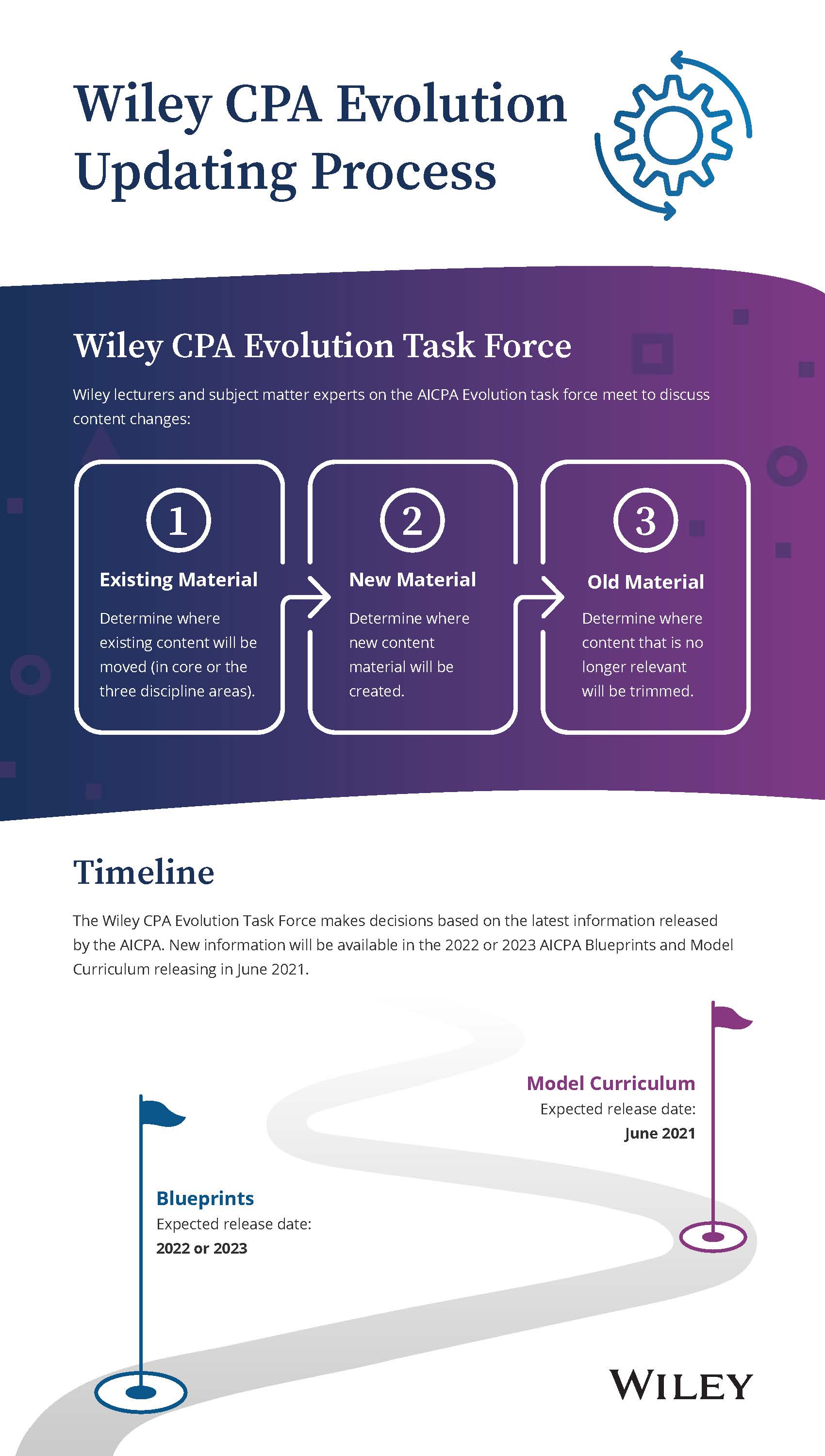3-easy-steps-to-untame-your-classroom
September 08, 2020
During the three-day, virtual event, “Wiley’s Wicked Summer Camp,” Paul Hanstedt, award-winning educator and author of Creating Wicked Students, explored the “wicked problems” students will face upon graduation. These types of problems are dynamic and constantly shifting. Furthermore, the parameters that loosely define these problems are constantly changing; they’re resistant to previous solutions and the data surrounding them is often incomplete or contradictory. All of these factors make wicked problems knottier and more difficult to solve, which is why students prefer—and have come to expect—what Hanstedt calls “tame problems.”
Tame problems have a clear, correct answer—and students love them because the more questions students get “right” on a test or exam, the better their overall score. Although today’s students have come to expect “tame problems” in their coursework, it’s more likely they’ll face wicked problems out in the real world. So, how can you prepare them for what’s to come?
In a world where courses have moved online in response to a pandemic that is complex and seemingly “unsolvable,” now more than ever our students need to be equipped to solve problems, issues, and scenarios that are resistant to simple solutions. There are practical ways to “untame” your course in order to help students stretch their capabilities and think outside of the box. Hanstedt suggests the following three ways:
1. Help them understand that we live in a complicated world.
Students have been rewarded throughout their education for getting things “right,” but there isn’t always a perfect answer. When a student is able to approach a problem using the growth mindset, he or she can look at it from all sides in order to reach a conclusion. “Students’ ability to recognize and hold multiple possibilities in their heads at the same time is a sign of maturity,” says Hanstedt.
2. Encourage them to see a problem from many angles.
Learning isn’t a cookie-cutter experience where “one size fits all.” On the contrary, the learning process is fluid—constantly shifting and adjusting to new discoveries, research, and opinions. When students can consider and translate ideas and information from one subject area to another, they have mastered the content.
3. Give them control over the learning process.
When you give students agency, they feel more in control of the learning environment—which signals to their brain that it’s “safe” to try new things, expand their knowledge, and even fail. “Our brains learn better when they have a sense of choice,” Hanstedt explains. Instead of simply demonstrating a problem and expecting students to follow along, give them ownership over working through the problem either independently or in groups. In this scenario, students will be more apt to challenge ideas, talk things out, and find multiple ways to solve the same problem.
These “untaming” strategies will serve students well both in the classroom and in the professional setting. In their careers, your students will be expected to be able to approach difficult—often messy and unpredictable—problems of our world. By taking these steps to untame your course, you’ll help them to be prepared.
Watch the “Creating Wicked Students Session” on-demand to learn more.













